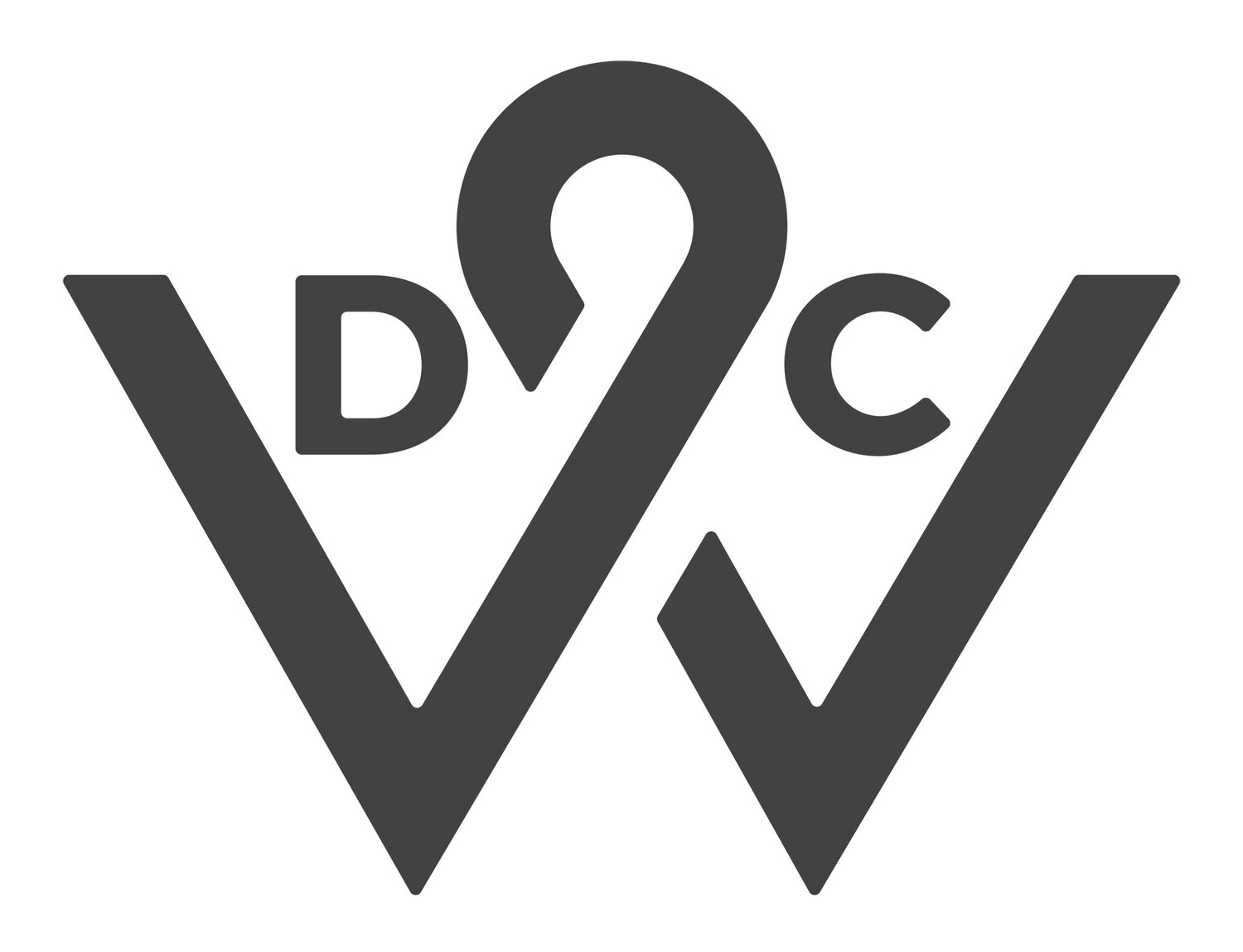In-housing: Three lessons for marketers
by John Owen
Thanks to The Observatory International and the World Federation of Advertisers for a fascinating survey of multinational businesses, showing the growing use of In-House Agencies.
It finds that 57% of global companies have an IHA of some sort now – and 82% report that workloads are increasing. What’s more respondents are generally pleased with the performance levels, citing cost savings, better integration and improved business & brand knowledge, compared to previous (presumably external) solutions. That said, 95% still use external agencies, with just 37% of output being generated in house, on average.
Here are three lessons I believe marketers should take from this:
First, any marketer who has not yet considered in-housing should do so. There are obvious benefits to be reaped, not least in digital content development and other areas where speedy responsiveness is crucial to success (90% of the IHAs have digital content capability).
Second, it’s not a replacement for external agencies. And one significant challenge reported in the survey is that the roles & expectations of internal agencies are not always sufficiently clear. This has a knock-on effect on the use of external agencies, particularly if it results in duplication, resistance to collaboration, or demotivation. From my recent work in this area with WDC, I know that establishing really clear and distinct roles and goals for each agency is an obvious, but often overlooked, solution to this.
Third, any move into this territory demands careful planning and ongoing attention. The top problem cited in the report is workflow management, with internal agencies often struggling to meet the demands placed on them. What the team at WDC has found is that in-house teams tend to receive less considered briefs, with less notice, than their external counterparts. This is largely because they are a fixed cost (so treated with less respect).
Solutions to this might involve:
1) Attaching a tangible cost to internal resource – thereby making those briefing them accountable for their utilisation.
2) Ensuring project management is a respected discipline internally and that they are empowered to say ‘no’ rather than overwhelm the internal teams. Indeed, this is cited by Graham Daldry at Specsavers as one of the keys to their success.
There's obviously a lot more to successful in-housing than this. Certainly, it's helpful to know what the biggest problems are for those who are already making a qualified success of it. Hopefully it's also useful to suggest some solutions. Much of the difficulty, however, lies in the effective design and implementation of these solutions!
I'd welcome any reflections on this from those currently working in or with in-house agencies – please either message me, or comment below.

